War Merit Cross I Class with Swords, by J. Bauer
SKU: 01.GTR.0403.301.14
Estimated market value:
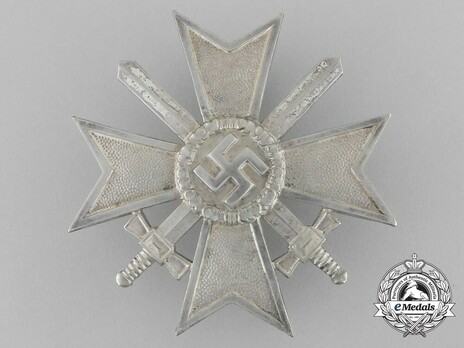
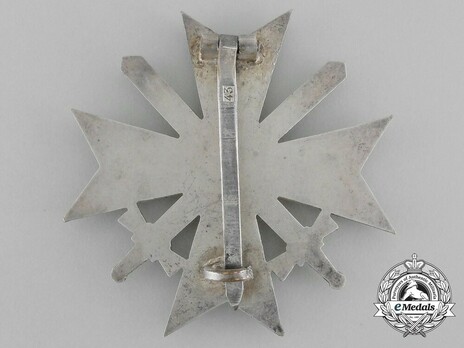
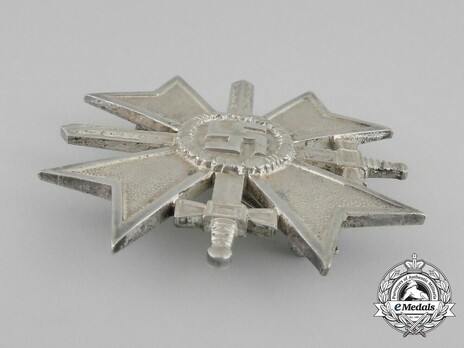
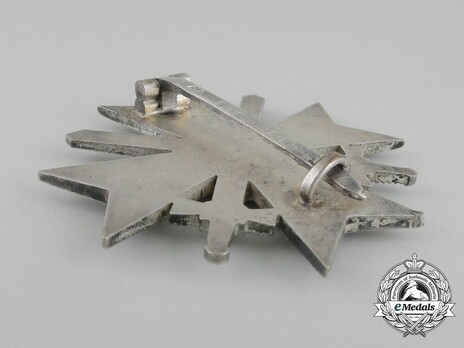
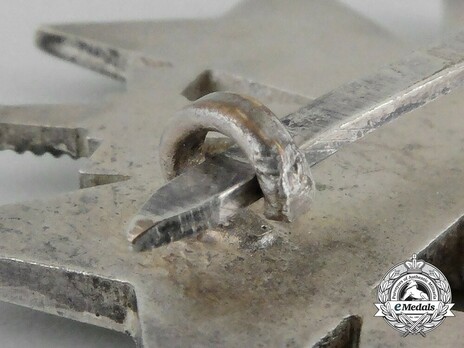
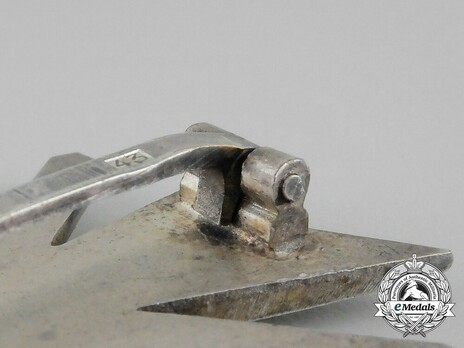
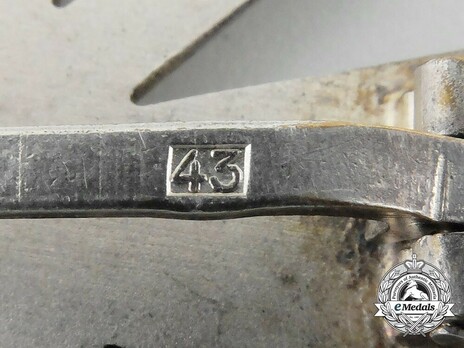
Estimated market value:
Attributes
History
The War Merit Cross was founded at the behest of Adolf Hitler on October 18, 1939, and it was intended to reward contributions to the war effort. The decoration originally consisted of two grades, I Class Cross and II Class Cross. On August 19, 1940, the War Merit Medal was added, and the Knight's Cross on August 28, 1940. On July 8, 1944, the Golden Knight's Cross was added as a grade.
All grades of the Award could be conferred with swords, except for the War Merit Medal. The decorations with crossed swords were awarded for extraordinary feats of merit under enemy fire. The decorations without swords were conferred for a wide variety of non-combative services to support the war effort.
The word “merit” clarifies the distinction to the Iron Cross, which was an award for outstanding bravery. The following example makes the distinction even clearer: if two men were in a combat situation and one man was returning fire while the other man was repairing a vehicle under enemy fire, provided both qualified for an extraordinary feat that went beyond the call of duty, the man firing at the enemy would be awarded the Iron Cross, while the man repairing the vehicle would receive the War Merit Cross with Swords.
Civilians were eligible to receive the War Merit Cross with Swords, provided the feat of merit they were awarded for was performed under enemy fire. However, this was a rare occurrence. Likewise, military personnel was eligible to receive the War Merit Cross without Swords. This was more common and would pertain to, for example, soldiers supplying the front with gear and ammunition, or soldiers working to restore or maintain those supply lines, performing their duty while not under direct enemy fire.
Military personnel and civilians, regardless of gender, were eligible to receive the War Merit Cross, and the grade an individual received did not depend on rank. Non-Germans were also eligible to receive the award, although it was generally only conferred upon foreigners who served with a foreign volunteer legion that was attached to the Germany Army. The Cross could also be awarded to factories that produced an exemplary amount of goods for the war. These awards were conferred by the German Labour Front, and the Cross would be attached to the factory’s flag.
The actual numbers of War Merit Crosses of all grades awarded is unknown, even though unfounded numbers still circulate in the literature. However, what can be said is that at least several hundred thousand I Class Crosses were awarded, out of which the crosses without swords only make up a small percentage. The number of II Class Crosses and Medals awarded will be even higher.
Since there are so many versions and variations of this award, the examples shown for each maker will not necessarily encompass all possibilities.
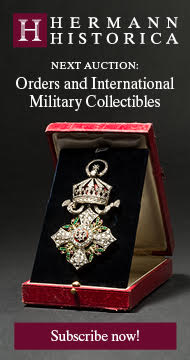
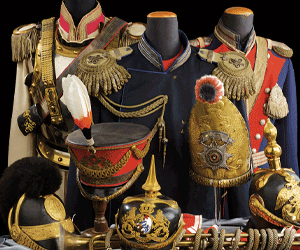
Comments
Sign in to comment and reply.
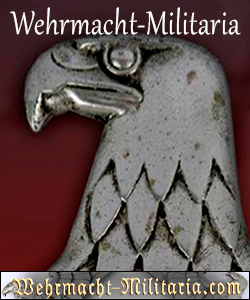

Scroll Top